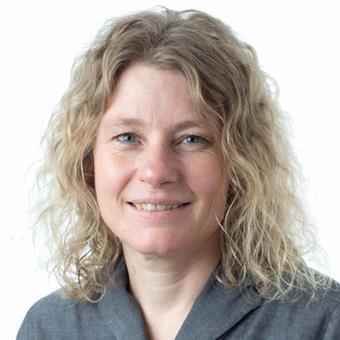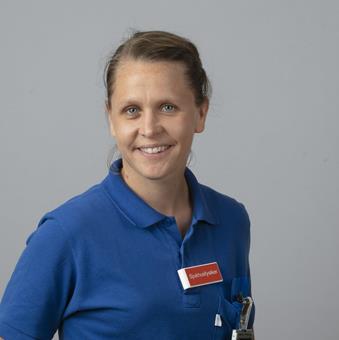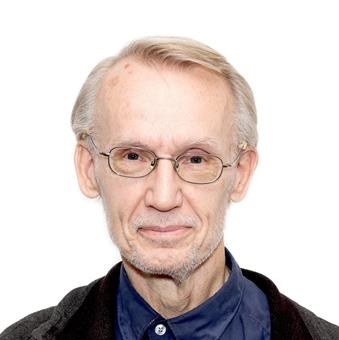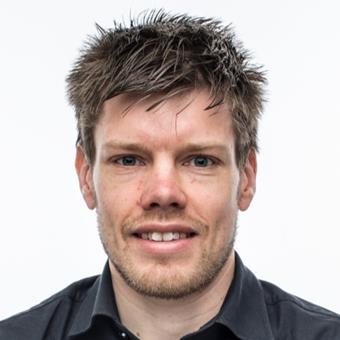Brachytherapy is a modality of radiation therapy where a small radiation source is placed inside, or close to, a tumour, using hollow needles or applicators. For each treatment, patient specific medical images are obtained with, for example, CT or ultrasound. The aim with the treatment is to irradiate the tumour with a dose that is high enough, while avoiding unnecessary irradiation to nearby healthy organs. The treatment aims are based on the clinical guidelines for each treatment site.
Difficult mathematical optimization problem
Treatment planning for brachytherapy yields difficult mathematical optimization problems where several contradictory aims need to be considered and prioritised based on the patient-specific anatomy and prerequisites. Furthermore, the planning is commonly conducted while the patient is waiting under some form of anaesthesia, and it is hence important with fast and efficient methods for treatment planning. The treatment planning data contains several uncertainties, for example, where the radiation source is placed and the tumour delineation on the medical images. With methods from robust and stochastic optimization, we investigate how treatment planning can take such uncertainties into account and mitigate them.Intensity modulated brachytherapy - a new delivery technique
In addition to delivery techniques and evaluation criteria which are used in current clinical practice, our research also includes new such methods. Intensity modulated brachytherapy is a new delivery technique using dynamic shields to better shape the dose distribution to the tumour and thus spare nearby healthy organs. For evaluation criteria, artificial intelligence is an important method to model treatment outcomes in treatment planning.New models and algorithms for treatment planning
Our research group works with developing new models and algorithms for treatment planning, and to verify such methods in clinical practice. The research is translational between mathematical optimization and medical physics, and we have established cooperations both nationally and internationally, as well as with industry in the form of RaySearch Laboratories AB.
The research is funded by Zenith. Vinnova and the Swedish Research Council.





